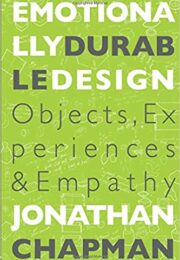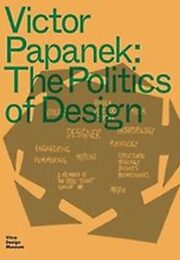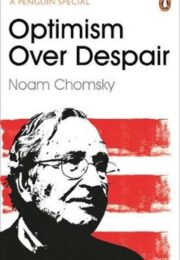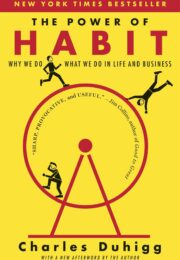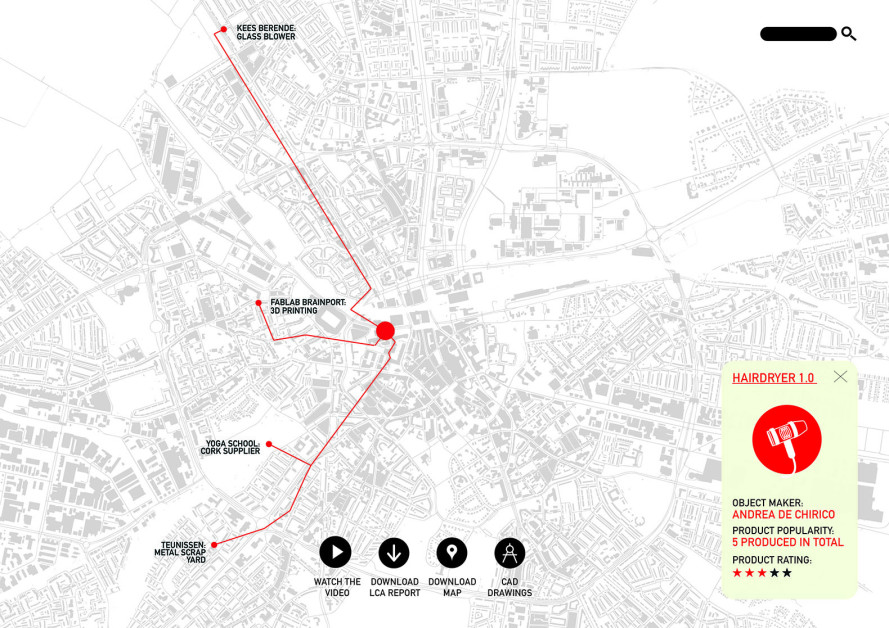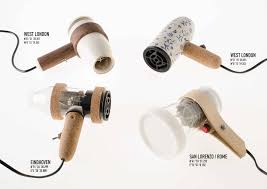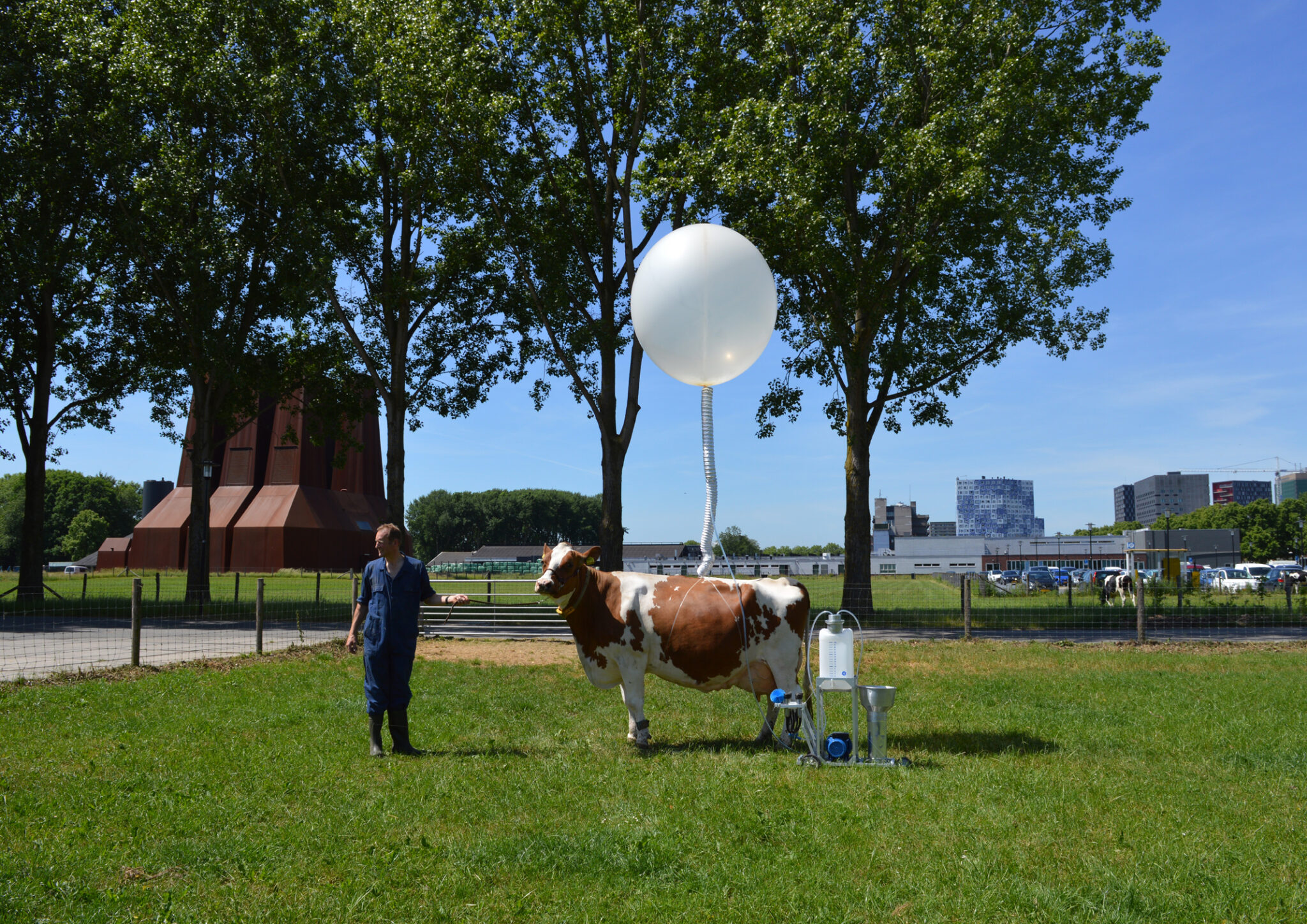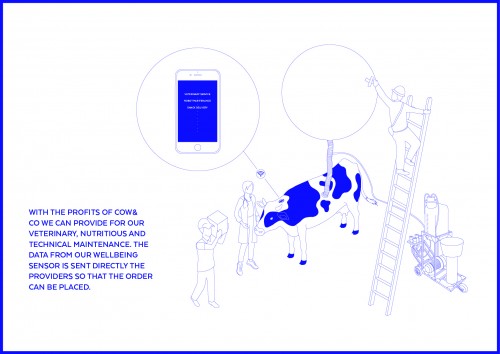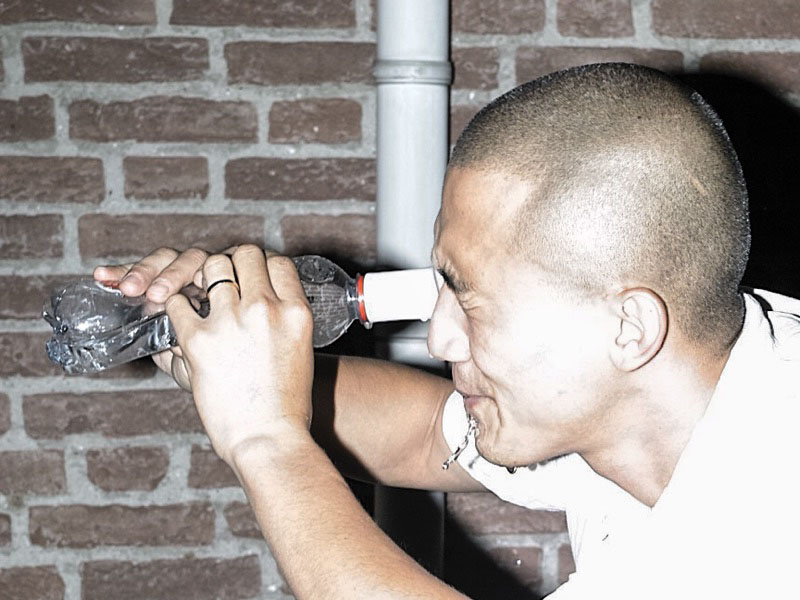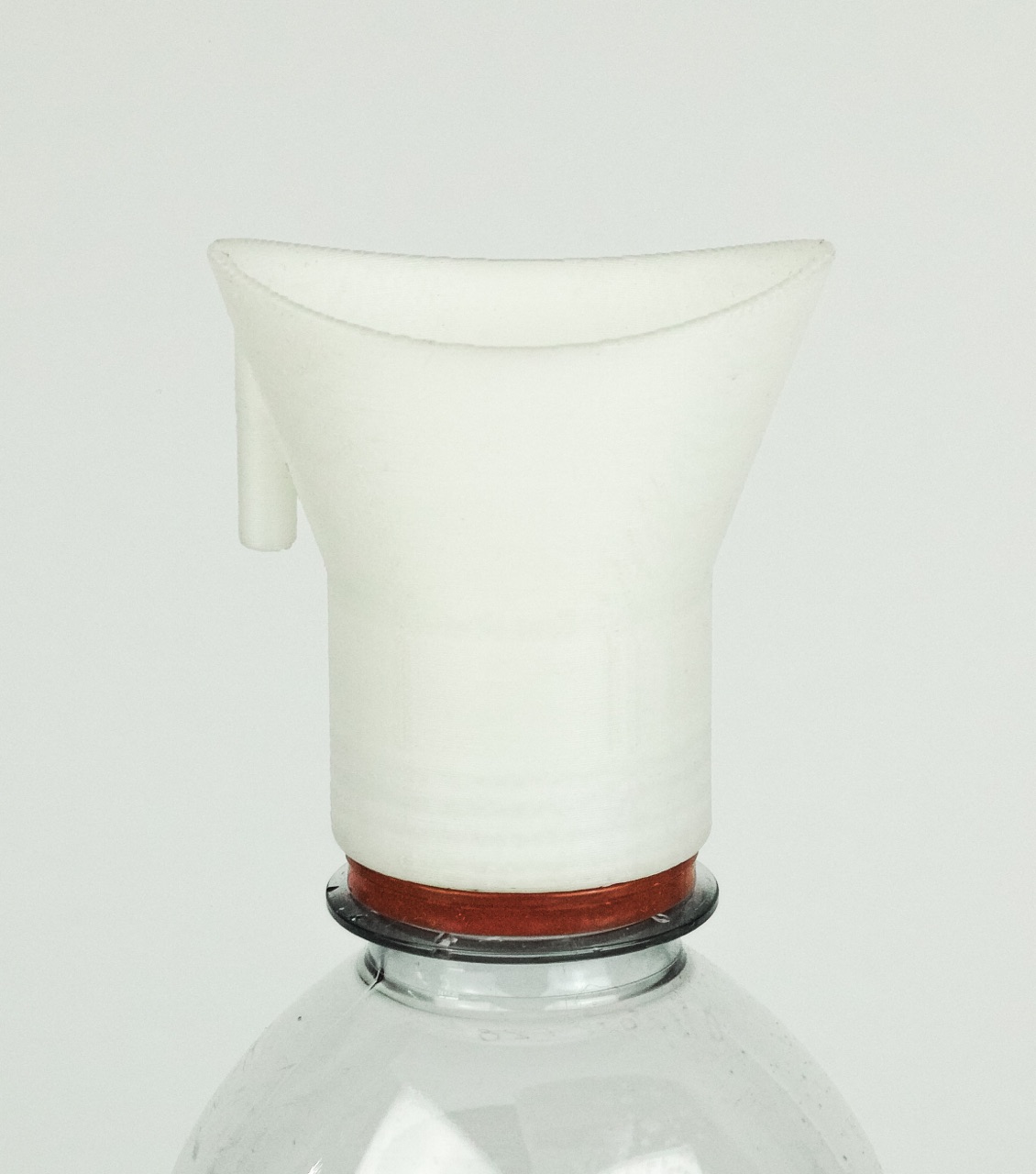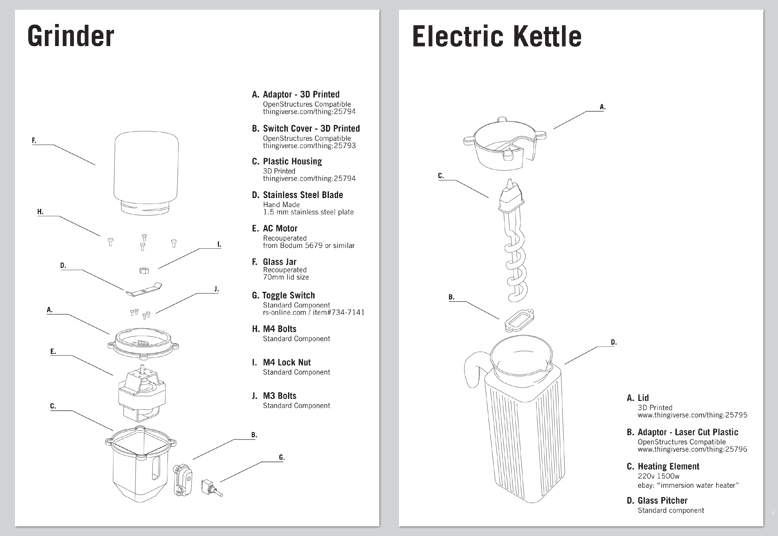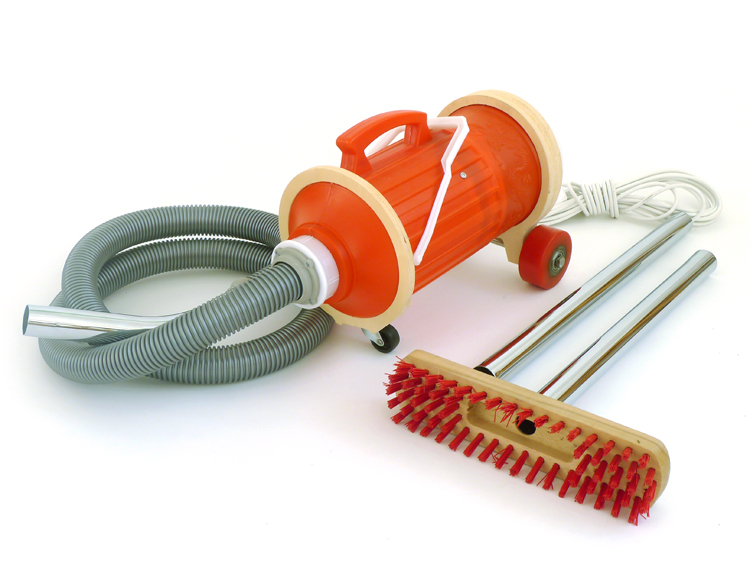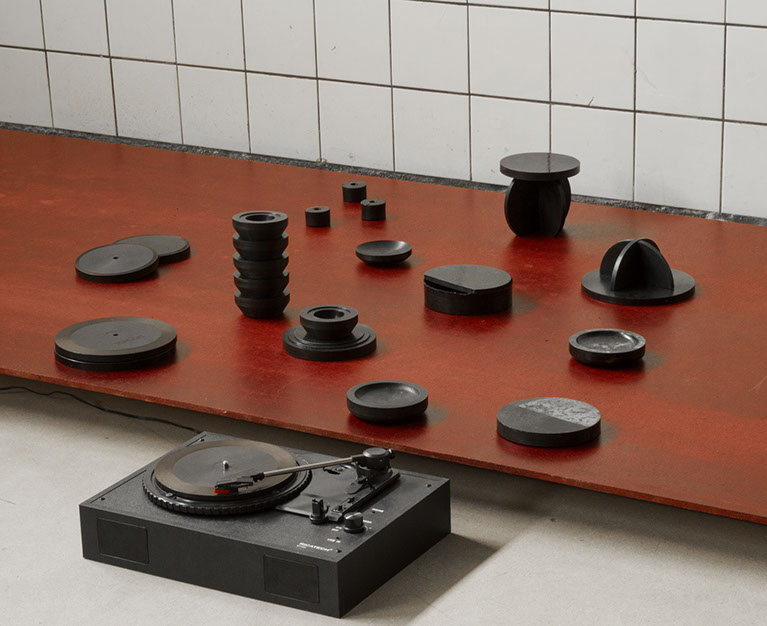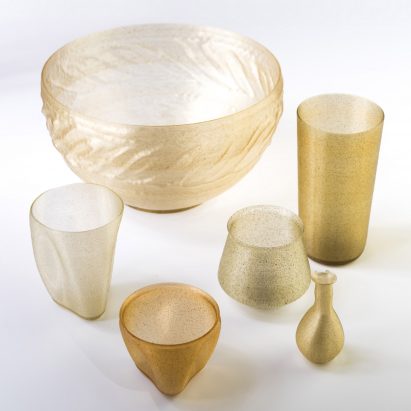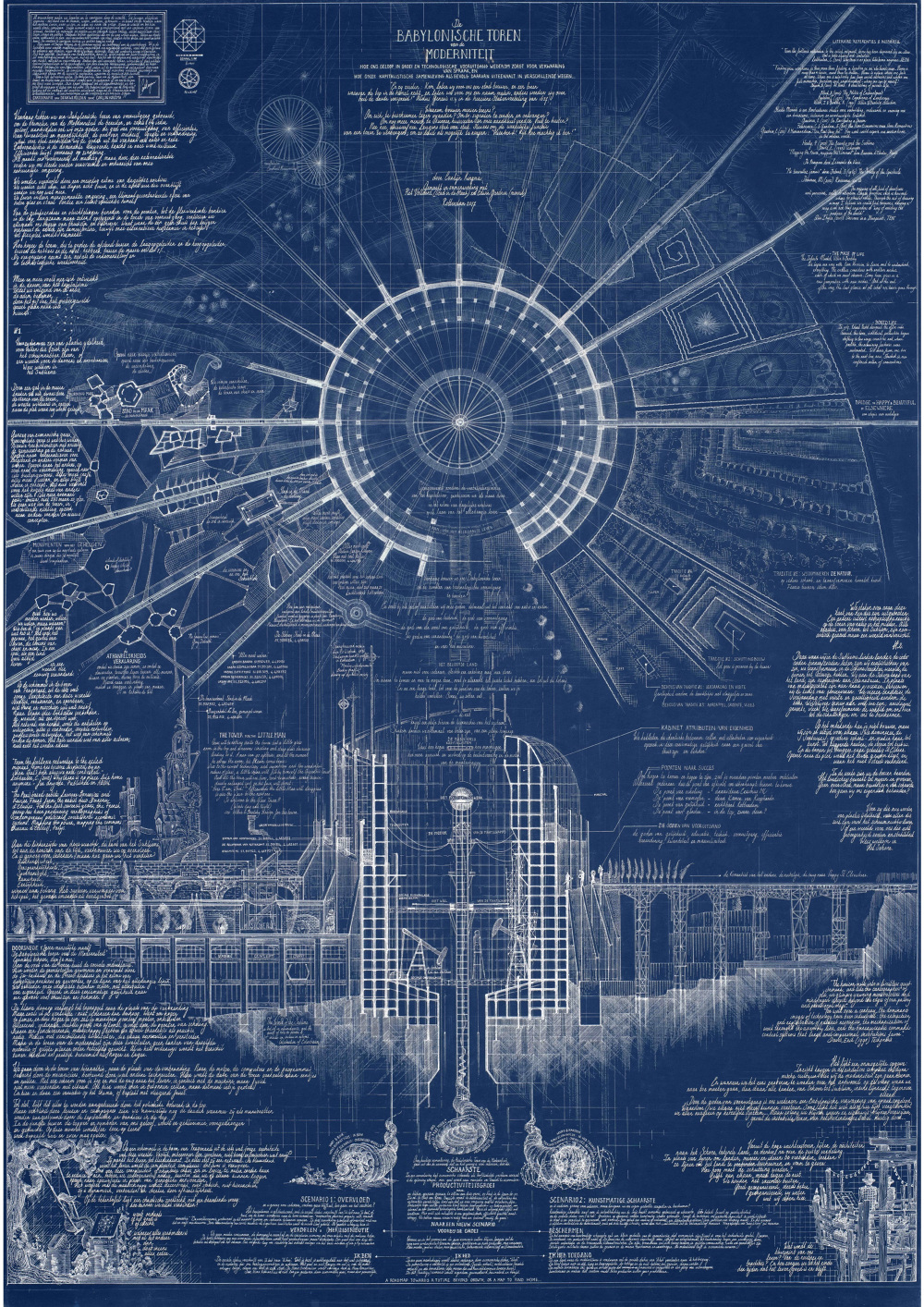
Learnings from confinement
by Roxane Lahidji
This text intentionally stresses on the importance of emotions and the way they drive our actions- In these days, we need to pay more attention to the emotions we nourish, express and vehiculate.
It fell on me like a downpour. Impromptu, brutal and restrictive. Compelling to take shelter, to dress differently, to move carefully, to protect one’s property and belongings. Binding to adapt. It fell on us like one, two, three weeks of showers after a long drought. The infrastructures are lacking, equipments inadequate, some of us are winning in the game, yet many are losing not solely feathers.
It had become natural to force myself to do it, I had forgotten how necessary and even vital it was to let the rain fall. It took a major health crisis to slow down the frantic race I imposed myself for several months.
A tree struck down and laid down across my way forces me to reconsider the path I chose and the speed of my progression, which entirely re-questions the hierarchy of my priorities. Because that is the heart of the topics in the many shows, podcasts, videos, articles that I have been able to browse with a distracted eye or carefully read, listened or watched over the past few weeks: Under what values do we choose to (re)think our society.
“I think we should be very grateful for the virus because it might be the reason we survive as a species. (…) We will be in a position of having a blank page for a new beginning because lots of companies and money will be wiped out in the process of slowing down. Redirecting and restarting will require a lot of insight and audacity to build a new economy with other values and ways of handling production, transport, distribution and retail. (…) The impact of the virus will be cultural and crucial to building an alternative and profoundly different world.”
Li Edelkoort for Dezeen
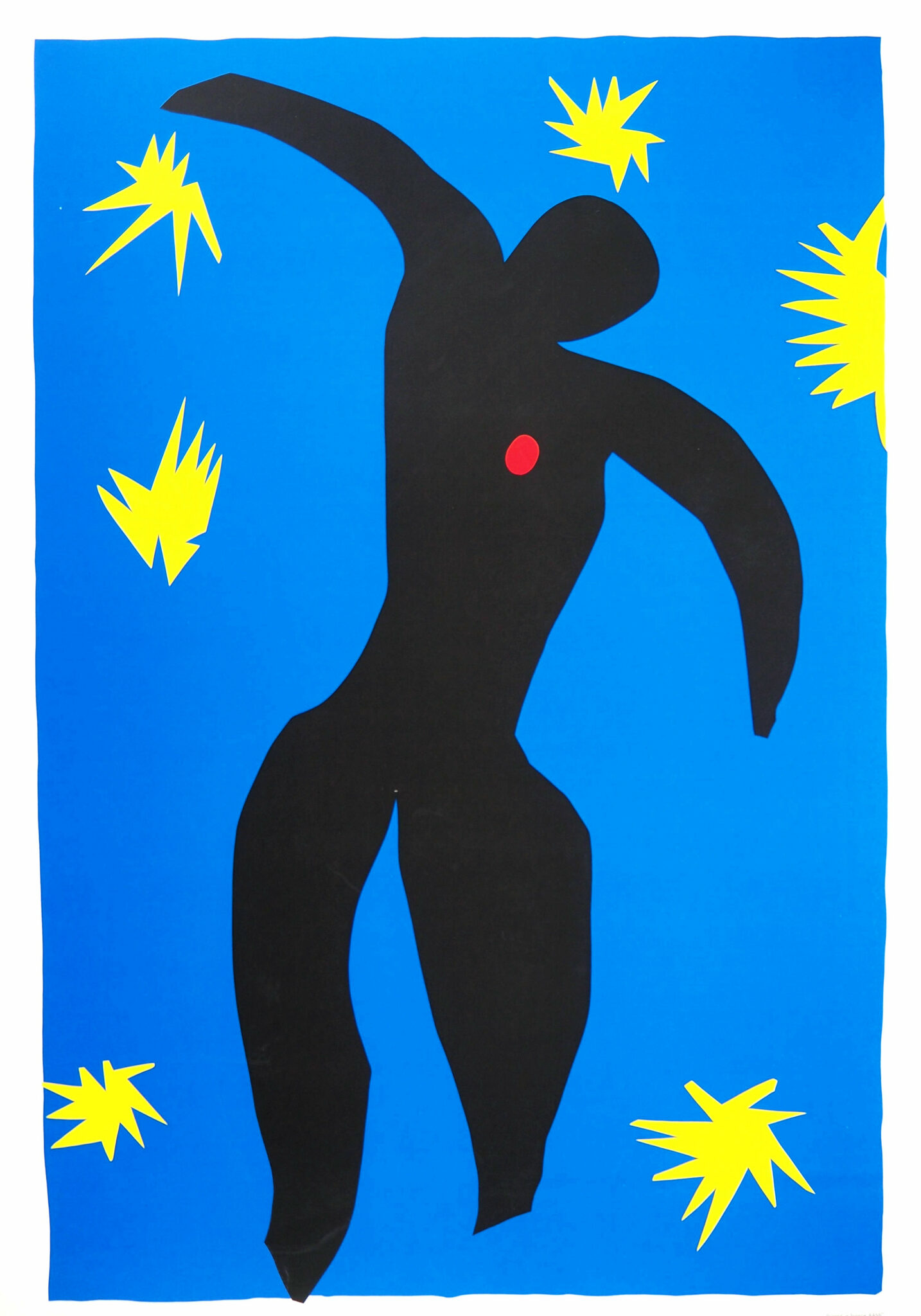
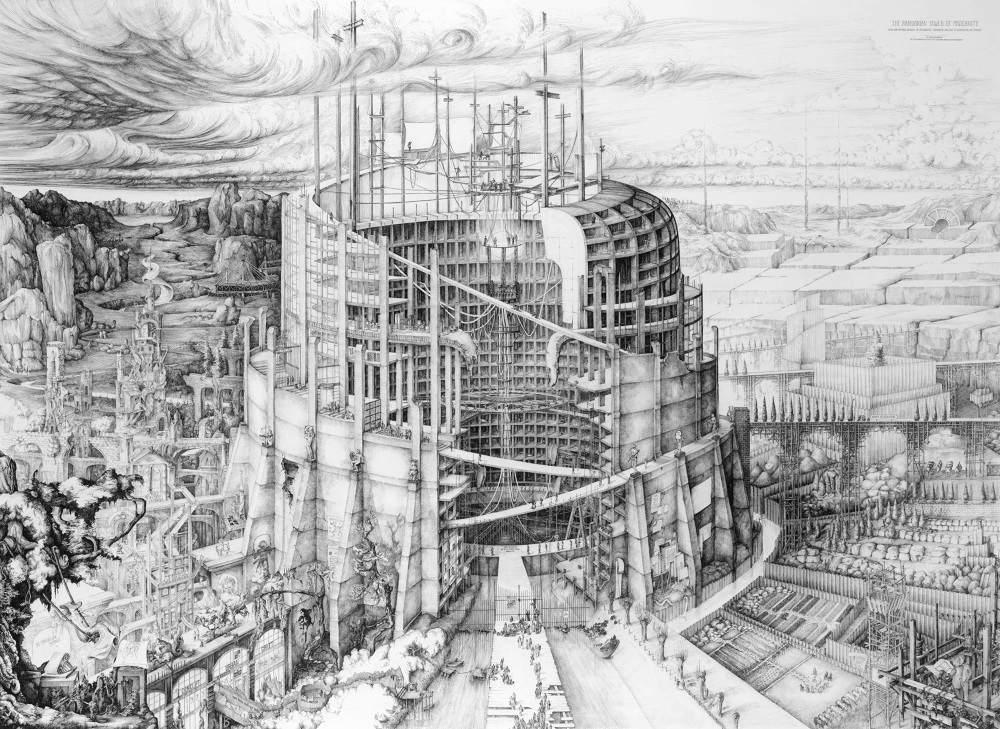

What fundamental aspects of the human character are to be encouraged within a society, an economy, a family, a business, a creative process?
If the proper functioning of any organised system is synonymous of individual and therefore economical growth, it cannot be viewed without the minimal rules of respect and trust. Easily resumed, yet challenging to apply in a democratic system.
Which brings up the subjects of the opportunity this crisis gives us to release the fear at the core of our psyche, the essential issues of restoring empathy with honesty; and the social paradox that every human being experiences: In a society that values individual success at the expense of psychological and physical well-being, how can we thrive/fight/show (for) exemplarity without being stepped on or even crushed?
It would be possible if the majority proofed to be fairplay, however most of us despite playing house of cards according to the same rules when 1% starts with 20 cards and 90% with 2.
‘’The matrix of domination is important for designers because as we are designing things like interfaces or the built environment or objects, we’re often unwittingly reproducing the existing structure of who is going to get privileged access and who’s going to be excluded – who’s going to benefit the most and who’s going to be harmed the most by the tools or the objects or the systems or the buildings or spaces that we’re designing.’’ Costanza-Chock
The wind is now shifting, throwing the cards on the floor.
This crisis gives us the opportunity to rethink and shift the energy and time we put in the values of the activities framing our daily lives such as our social network, the work we are committed to, the people we care about, the family we build.
I will solely give my own experience and insights in the following words.
The non choice of independence
As an artist and designer born in the 90’s, my references themes and inspirational artworks influencing my childhood such as Asimov’s and Wells novel’s, Tolkien’s sagas, Miyazaki’s animations, E. Bilal, Moebius and Peters & Schuiten post apocalyptique universes are now resonating more than ever as a last warning of our anthropocentric ego.
Nobody should have the hypocrite insolence to give the “I told you so” speech (though many do for the sake of political credibility and media’s attention), to a certain extend everybody knew. Yet most of us did not possess the luxury of a strong educational background and the professional freedom to build a life where work, family and home meet the ecological and humanistic ideals we’ve been sold. Most of us need to pay the bills, meaning compromising ideas and wishes of a rather egalitarian society, perpetuating domination and alienation patterns.
I belong to the lucky ones, should I write the very lucky ones. I can live from what I create, not only because I decided it, but because the world encouraged me to do so. Willingfully I’ve developed a relatively independent practice : All the phases of the making process are made in my atelier with my own hands. The very few companies providing me with the local materials I need are based in the same region, same country or neighbour. The materials I work with are common and even considered cheap, easily extracted and barely processed.
It started two years ago, and I had to learn everything from scratch. From tax declarations to insurance policies, from international shipping to legal authorship, from online marketing to building a business model. I didn’t work 35 or even 40 hours a week, but rather 70 ; gave myself one free weekend every month, and took three free weeks a year since 2016. I am not stating that this career path is exemplary or even desirable, but that was a sort of sacrifice balancing the luxury of building an independent designer status. It was only a freedom of choice.
It’s beautiful and interesting, but quite useless – that’s the point. It’s a reference to the precarious and perilous life of the creative worker.”
– Stine Linnemann for Adorno –Socially Responsible Design: 10 Designers Who Approach Social Experience through Aesthetics
Consequently and for now, this crisis only mildly impacting the activity I thrive and live for. My customers are few, every pieces is tailored according to their wishes, and even though (and thanks God) help is given me to grow and expand, I am still able to preserve the entire making process and ergo the quality under control and check. My and collaborators labour is fairly rewarded, not sparingly, nor slavering-ly, just fairly as enough to pay the rent and live a decent life. There is something very rewarding in constructing a business on your own shoulder, slowly and very gradually, in keeping things at a reasonable (and somehow slow) pace, on a local scale and discussing face to face. Even though it takes patience and endurance, the roots are strongly embedded, and no matter where the wind blows, you will remain grounded. This laborious and strong rooting is vital at the start of any entrepreneur career, in my case it has been focusing on a self-sufficient production and therefore on the hyper local.
Being an independent designer, producing on demand, making unique custom pieces enables a direct contact with suppliers, artisans and customers. Beyond facilitating local economies and micro societies where the impact of political decision making is easier to evaluate, it also encourages the preservation and enriching of local cultural patrimony such as, in my case, craftsmanship and art.
A designer and good friend of mine even told me once “There is obviously the value of the artwork per se, yet the artist’s personality behind the scenes of production plays a major role nowadays with the growing importance of social medias and the culture of influencers. Therefore thinker qualities are increasingly considered as important as maker’s in the design field and may be decisional in the acquisition of a piece (from a collector for example). It’s a modern form of patronage that is more humanistic than private corporates investments “
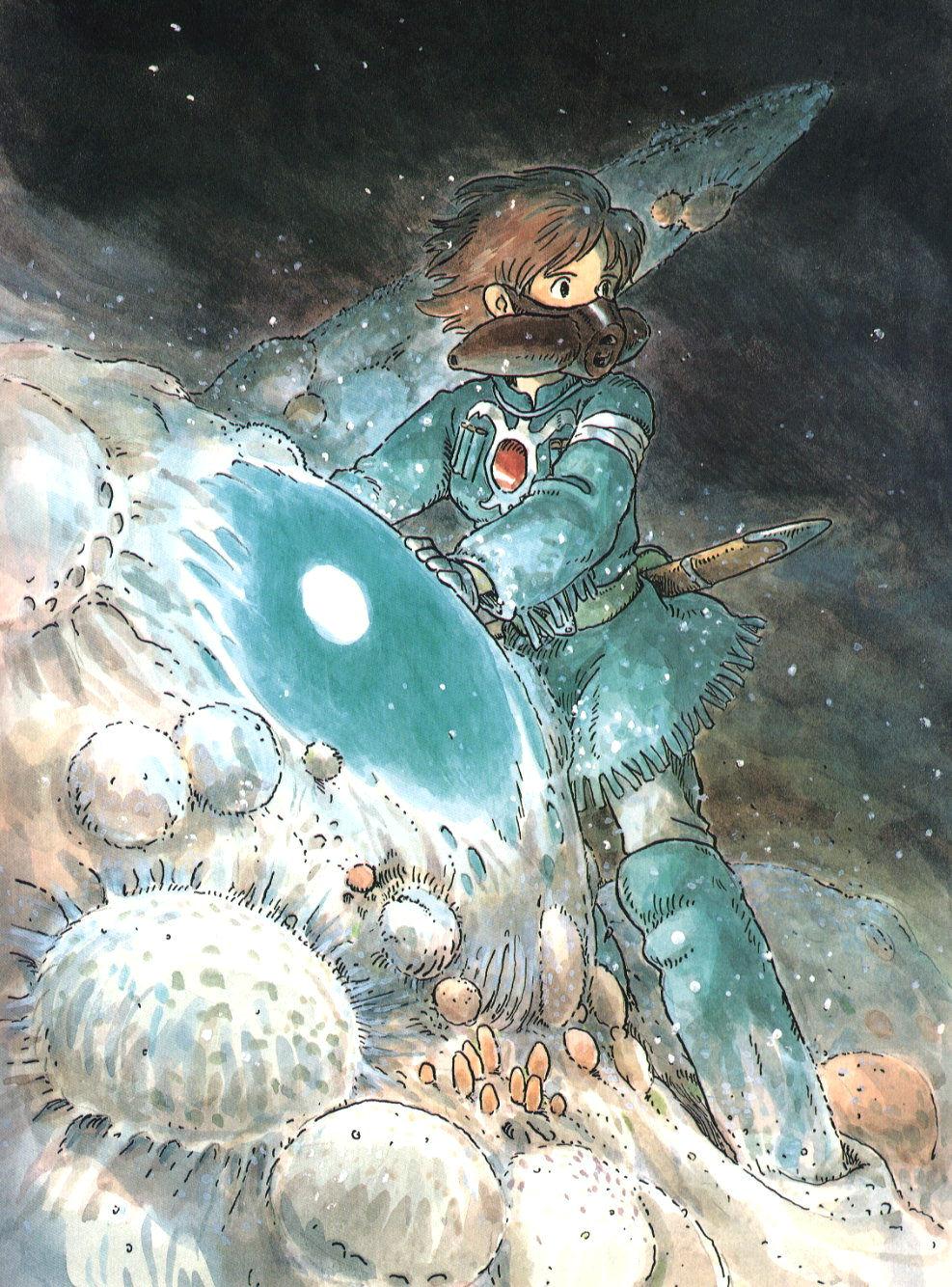
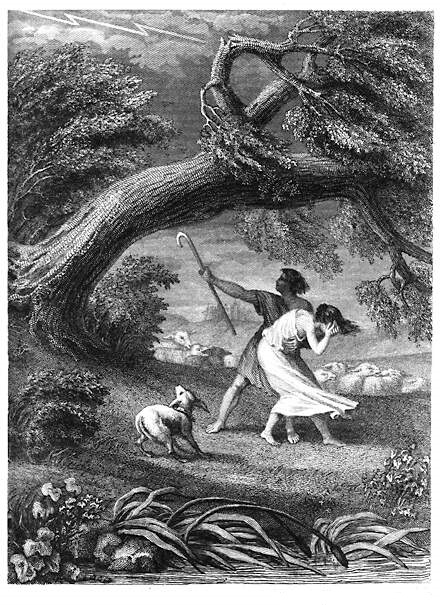
Adaptation is the skill of the future
Now as independent designers we are relying on our clientele which for a lot of us is not only locally based but internationally. We might sell on fairs, during exhibition, through local galleries, yet also via international platform such as online shops, galleries and Instagram pages. Selling through internet facilitates business dramatically, administratively and financially speaking. Yet once again, it those times of strict confining rules, we will have to rapidly come up with even more democratic ways of communicating and selling our work.
To write the obvious, it is important to support the structures that carried, represented and ergo helped us yet it is vital to also support each other as creators. We will have to cultivate inventivity and grow new communication/distribution platforms and adapt the already existing ones such as Patreon, Amy, kickstarter, made.com etc. to the current situation.
‘’The most important investment that people can make is not to learn a particular skill—”I’ll learn how to code computers,” or “I will learn Chinese,” or something like that. No, the most important investment is really in building this more flexible mind or personality.’’
The Most Important Survival Skill for the Next 50 Years Isn’t What You Think – Yuval Noah Harari
Many say taking this quarantine as an opportunity to develop old ideas and to start from a blank page, which also proofs that as designers we can be creative via other mediums and rethink who and what we are addressing through our practice. The future of design (and that is no news) might reside in conceiving systems and services rather than or in addition to products.
‘’it is obvious that the eco-responsible movement in design will have gone from hype mode to imperative in a few weeks. Because everyone will have been confronted not only with their own reflection on the world, where they are going and how we could act to avoid going from disaster to disaster, but also with design and transport issues. Indeed, finished – perhaps – the possibility of bringing rare marble from Italy, pieces of metal fashioned in China or fabrics coming from the biggest French houses in the field of furniture.’’ Husk Design
Innovation would leave the floating and conceptual research binding form with function, moreover the dynamic of a design project wouldn’t find it strongest point in the tension between the two. There will be a rise of projects being justified by the conditions organized behind them and the socio-economical context necessary to the production.
Non exhaustive inspiring projects images
Urban resources
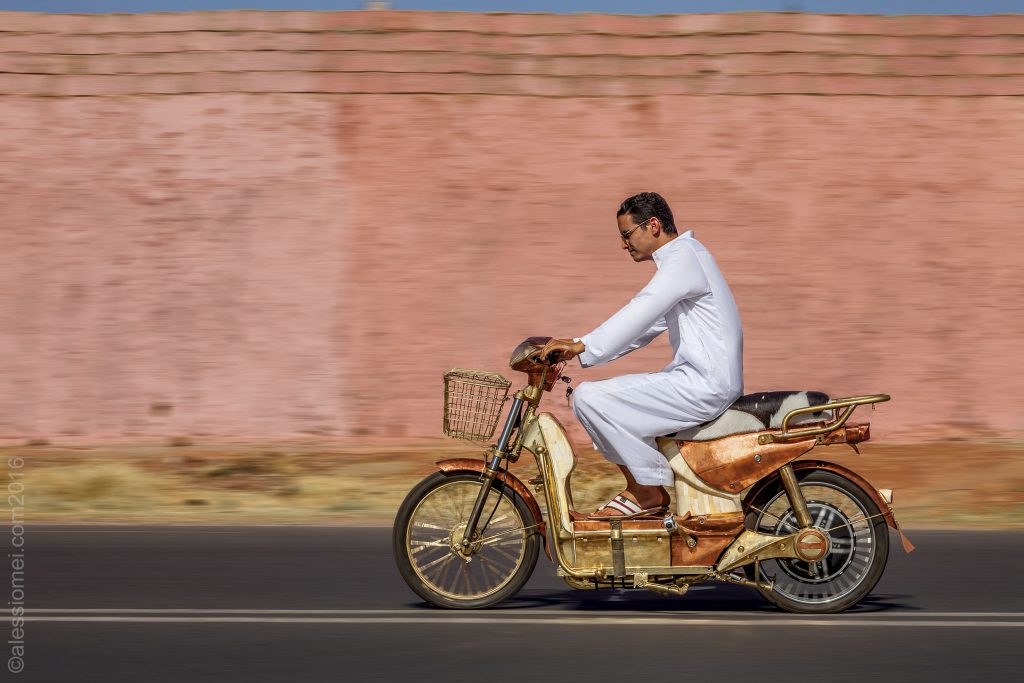
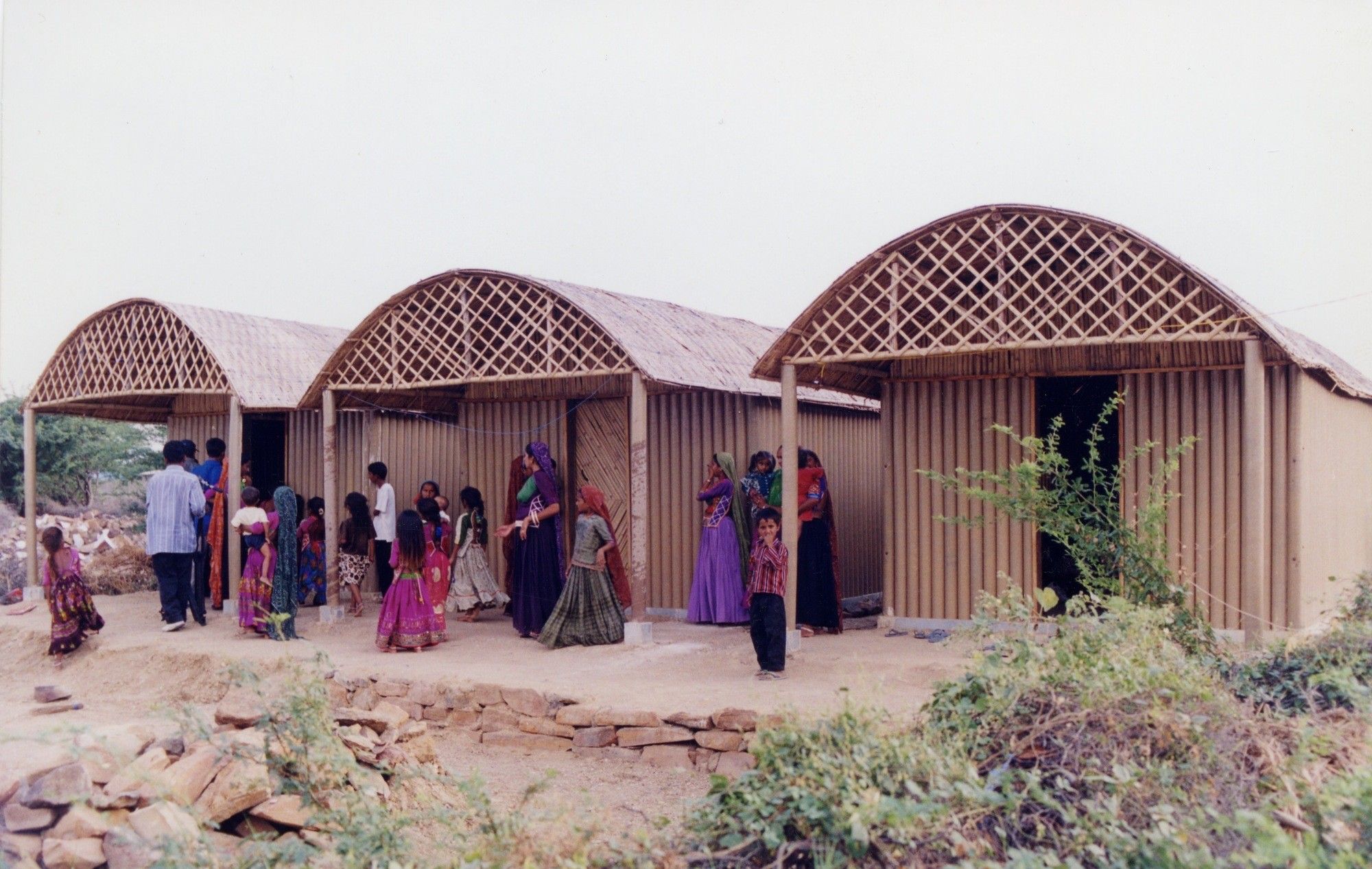
Democratic open source
Material impact
Ergo: the object always stands as the tip of the iceberg however the structure under water needs to be shown with it. Let’s clear the ocean.
The design is sold as the result of a certain structure implying certain resources (human-wise and material wise) collaborating according to the energy produced and spent for the execution of the project.
The value of the object then resides in what it preserves, sustains, feeds and cares for ; and not in its material rarity, its authorship, brand or cultural ownership.
Hierarchy would take a different shape, but it’s roots would be tangible, not speculative. Objects as well would find a stronger identity embed in the specificity of (the quality of the) production, (the sustainability involved in) distribution and (the non negotiable) recycling parameters.
Starting with answering a couple questions might help in defining the relevance of a design project :
What (is it)? (for) Whom? (Made by) Who? (Produced and distributed) Where? How?
Why?
‘’The pandemic creates “a moment where there could be great possibility but also the likely outcome that existing structural inequality gets deepened (…) Where is this producing something really potentially useful and accountable to the communities that are going to actually need it? Good intentions can really easily lead to either a lot of time-wasting and useless projects, in the middle case, and truly harmful stuff in the worst case.’’ Costanza-Chock
Such questions are often self-answered when signs of demand lead to design initiative. A relatively strong demand expressed by consumers and consumers only could be a sufficient justification for production and it belongs to any decision maker to measure the impact of its design. The ideal of a democratic governance implies a certain level of responsibility awareness driving creativity but not stifling it.
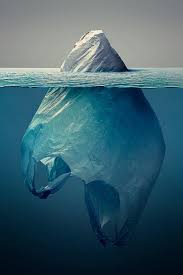
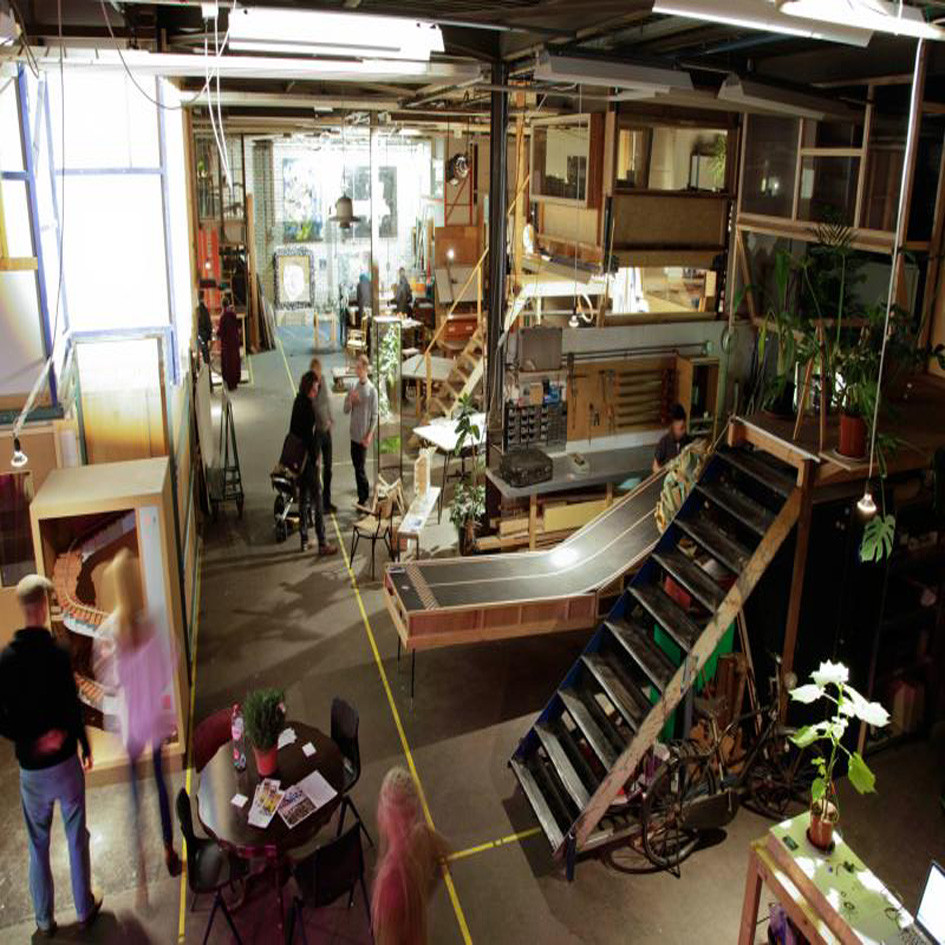
“Often I see the label of ‘green design’ put on many things whereas the greenest thing you can do is not to design at all.’’ M. Baas
If we start from the manichean idea that anything produced is not worth the damages (energy & resources) it implies, we are contradicting the notion of evolution itself. The creation of culture and its emotion/feelings related content is one blue print of the human civilisation. On the topic of this article it goes against the cultural value of craftsmanship and art, as well as recent social initiatives like fab labs and makerspaces where community exchanges for goods and services are working hand in hand with alternative education.
“As Rents Rise, Artists Are Reviving the Idea of the Medieval Guild . (…) Starting in the Middle Ages, when craft guilds were first conceived in Western Europe, artisans (…) have organized themselves in skill-based communities to control production and quality, support apprenticeship and obtain local influence.’’
It belongs to Public institutions to foster, facilitate and prioritize such projects within the public and private sectors with their given tools, (Lower taxes, building sites access and priority etc.) by highlighting the many advantages of a circular economy ( minimal carbon footprint, Lower transportation costs, products traceability,material accessibility etc.)
On a longer term perspective a circular economy makes everything easier to balance, and local initiative for sharing design related skills and knowledge in the idea of a circular education are blooming all around the world. Let’s then encourage and organize more:
-Free access makerspaces such as FabLabs and Co-workings where DIY events such as Hackathons can take place.
-Open sources platforms in all design fields
-DIY workshops in second hand shops or local independent (design) shops
-Continue to offer public developing platforms and financial help to young entrepreneurs and promote them as a counter balance to private institutions funding lacking transparency.
To make it short we will still have to work and live together, and certainly more that in the last decades.
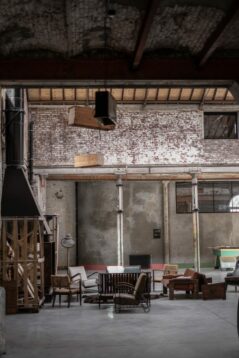
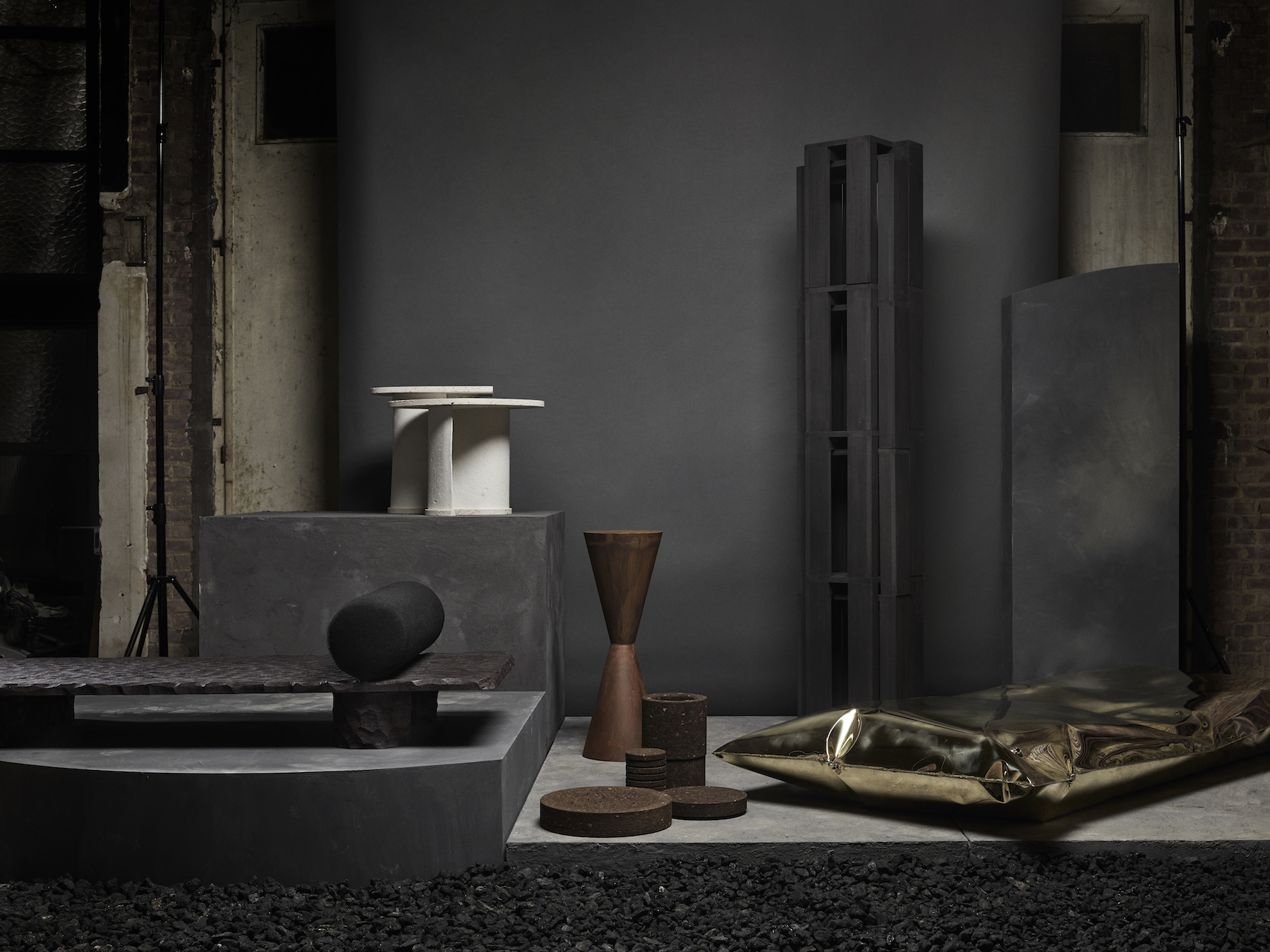
Collaboration against fear
Beyond adapting our practice to a local network and activity, I was worried about the future of collectible design since it will directly impact my own growth and practice, and found myself quite enthusiastic to witness a fair amount of initiative and critical thinking in this field initially strongly relying on the luxury industry. New ideas of what Collectible design will be comprises the uniqueness of a bespoke-object-tailor-made-on-the-spot but will rather find a resonance according to the necessities of a social context rather than following a trend, a wave or a network of international influences.
“The realm of art and design has long been a space in which social commentary has been prevalent.(…) Whether it has been political issues, restriction of social identity, or growing anxieties regarding the state of our climate, artists have long been interpreters of the social consciousness.(…) In a world with many voices and much uncertainty, these designers provide a space in which viewers can consider their own perspectives and, hopefully, inspire them to bring about some form of change.”
Adorno –Socially Responsible Design: 10 Designers Who Approach Social Experience through Aesthetics
We see an increasing amount of platforms giving voices to independent artisans and craftsmen valuing new practices weaved with cultural influences and a patrimonial heritage. Those journalists, curators, writers, art directors and others are promoting us for their platform feed … yet mostly because they want us to survive, to thrive, and fight the bland taste of a homogeneous globalised culture.
“By experimenting with unexpected materials, (designers) are helping their audiences reconsider what they think of as valuable. Meanwhile, the mechanics of collectible design production are also gentler on the planet. Proximity of production, size of batches and price-point alongside those unorthodox materials can all contribute towards a sculptural object’s sustainability. This means that if they’re so minded, collectors, galleries and museums can make ecologically responsible purchases. Designers of limited edition collectible objects fit the bill, as are those making one-offs, and bespoke, commissioned pieces.”
The Design edit -Collectible design and the circular economy
This idea of Collaboration against fear brings my last point and close the circle as I want to touch on social reproduction: the projects born in this new world won’t only have to be carefully thought, less numerous, and slowed down, yet and for our own sake, we urgently need to design and implement a model where all levels of societies are involved and all spoken opinions are taken as relevant. Because all voices are a reflection of a subjective kind of truth, the simultaneous concert of all can reveal what is indeed happening in our heart and head.
Without getting deeper in existentialism and humanism, there is something comforting about considering evolutionism from another perspective than the law of the fittest. I personally don’t believe in the annihilation of hierarchy and equally nor in a dominant authority assigning each and one of us roles in society. Collaboration is the best ally of survival, and therefore a remedy for social fear. We need to believe in freedom and responsibility, which design wise is easy to understand and resume :
-Establish a full traceability and transparency of products and services in the private and public sectors.
-Promote and prioritise local, recycled and recyclable materials. Connect them to short and closed production cycles.
-Banish or at least tax programmed obsolescence.
-Slow down production pace and quantities in favour of quality and stock emptying. Promote and update if necessary existing quality labels as well as limited editions.
-Review financial margins and highlight the value of human labor. Erase the unfair and irrelevant competition from distant countries with a different economical status and legislation and especially in a lower development phase.
Easily written, although challenging to organise. Such extreme changes require time and energy, hence endurance, hence bravery.
Craving bravery
There was never a set time to learn to be mindful about the values our societies were built upon, the urge has always been there, and I personally feel a crave for truthfulness firstly leading the path to mindfulness. Before rethinking, and way before rebuilding, we should look at the reflection that the mirror of this event puts in front of us.
Everybody needs to live beyond surviving. Everybody needs healthcare, food, shelter and love. It is not about what we desire or what we ambition anymore, but truly the basic needs of our mental and physical health. What is it that we honestly want, ergo what we need, and what is it we desire? Can we achieve our desired goals in a constructive and generous mindset without forgetting our inner peace?
Assume that any comfort gained in addition to the bare necessities of your inner peace is taken from others. Beyond the sacrifices made or not made to acquire this extra comfort, it certainly encroaches on the quality of life of another person. It is not necessarily a bad thing if it is taken from a person with a lot of extra comfort, but for many years the same minority kept on feasting from the bodies of a majority, thus dramatically reducing the middle class of our Western countries. In any case, it will take bravery to give up comfort, to help giving it up or reclaiming it, and to reclaim it.
Our society is thirsty for bravery. It requires bravery to be exemplary. And it requires empathy and honesty to be constructively exemplary. We need to be brave, not fierceful, nor temerarious, but brave enough to slowly deconstruct our comfortable jail.
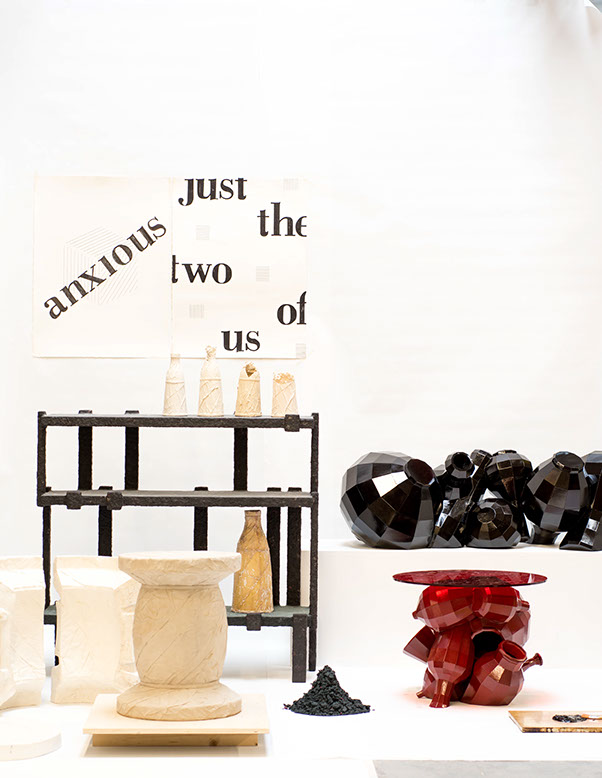
Think further
Movies
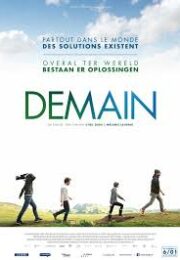
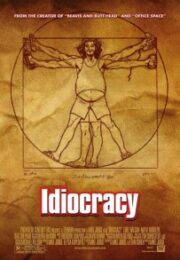
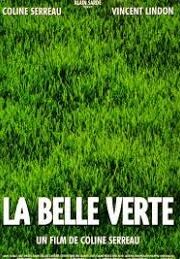

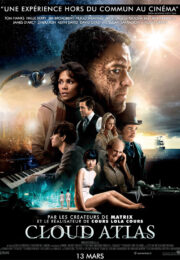
Books
